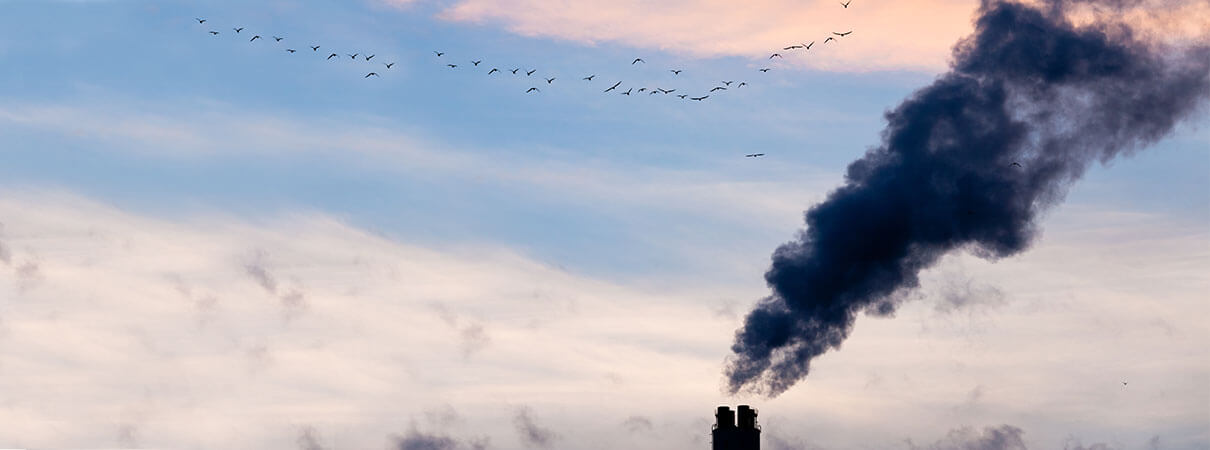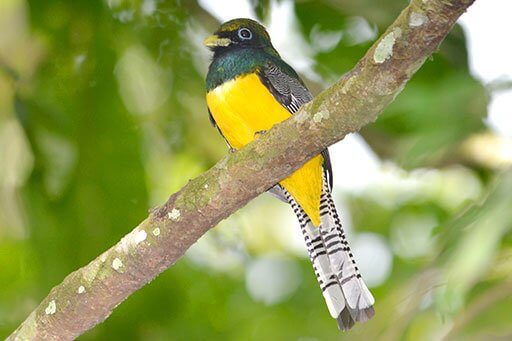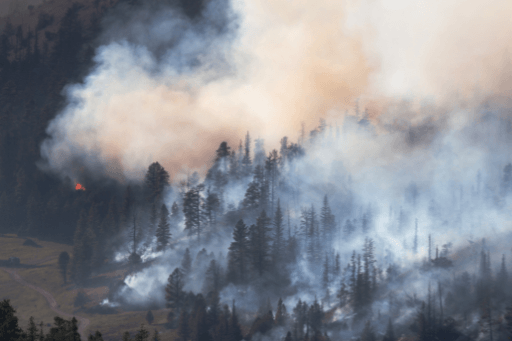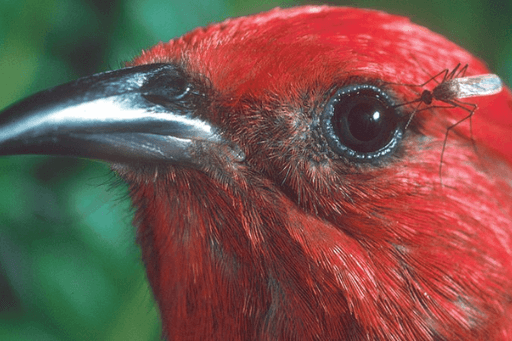How Does Climate Change Impact Birds?
Bird populations are declining around the world. And while many factors contribute — from habitat loss to pesticides, outdoor cats, and window collisions — it is increasingly clear that climate change is an important driver behind this worrying trend.
Climate patterns have shifted throughout Earth's long history, but the speed of human-caused climate change in the Anthropocene is unprecedented, making it more difficult for birds to adapt. So how do changing climatic conditions affect birds? Birds are impacted in a number of ways, both direct and indirect — some of which may surprise you.

Direct Impacts of Climate Change on Birds
The connections between climate change and birds are becoming increasingly clear: Warming temperatures are changing where birds live, the timing of their migration patterns and egg laying, and even the sizes and shapes of their bodies.

Long-term datasets show that many North American bird species have been shifting their winter and breeding ranges northward over time. For example, 90 years of Christmas Bird Count data show that many groups of birds, including woodpeckers and large forest birds such as hawks, are more likely to be observed farther north now than they were only a few decades ago. In recent decades, at least 70 bird species of subtropical, tropical, and desert areas, including the Green Jay and Black-tailed Gnatcatcher, extended their breeding ranges north or eastward.
But even if the overall trend is for birds to be shifting range, that doesn't mean all bird species are affected in the same way. A 2020 study found that the ranges of many resident (year-round) species in eastern North America are staying put, while migratory birds are breeding farther and farther north over time. Migratory species are also shifting the timing of their annual movements, arriving in North America in springtime about two days earlier each decade since the 1990s.

In mountainous areas, birds also have the option of moving up instead of north. But these species risk eventually running out of elevational options as temperatures continue to warm. And modelling by the National Audubon Society shows that, depending upon the climate-change scenario, many North American birds such as highland and tundra species simply won't have enough suitable habitat left to move into in the decades to come.
Finally, but certainly not least, decades of painstaking measurements collected in a range of habitats around the world show that in many species, birds' bodies are getting smaller and their wings are getting longer as global temperatures heat up. The reasons are probably complicated, but the researchers behind this work think that climate change is almost certainly playing a role. For example, smaller bodies may help disperse excess body heat in warming habitats.
Climate Change's Indirect Impacts on Bird Species
In addition to the direct effects that living in a warming world have on their lives and bodies, birds also face a tangled web of indirect effects, as the ecosystems in which they live are increasingly disrupted. These include:

- Drought and fire: Driven by global warming, more intense droughts and increasingly frequent wildfires can alter and destroy nesting areas and habitat upon which vulnerable bird species rely. For example, these are likely among the forces responsible for the steep decline in Greater Sage-Grouse populations. As sagebrush ecosystems become more and more fragmented by the effects of drought, fire, and invasive species, sage-grouse are on track to lose 94 percent of their current suitable habitat. (And these aren't the only weather-related changes affecting bird habitat — intense storms and increased rainfall are also affecting species in other ecosystems.)
- Sea-level rise: Saltmarsh Sparrows nest in the narrow strip of wetlands between land and sea along the U.S. East Coast. As sea levels move upward, however, the nests they build in marsh grass are increasingly being drowned by high tides, putting them at risk of extinction. Whether the species can survive will depend in part on how quickly new marshes form further inland, potentially with a helping hand from natural resource and land managers.

- Disease: Drought and warmer temperatures are driving a spread in West Nile virus across more of the United States, threatening wild birds (especially corvids such as crows and jays) as well as humans. Drought leads birds to congregate in large numbers around water sources and stresses their immune systems, making them more vulnerable to the mosquito-borne infection, while warmer climates will likely expand the breeding range of mosquitoes and spread disease. For instance, this is happening in the Hawaiian Islands, where introduced mosquitoes are spreading avian malaria to the last high-elevation refuges of endangered bird species.
- Timing mismatches: A growing body of research on climate change and migratory birds shows that although birds are shifting their spring migrations sooner, they're not doing this fast enough to keep up with the pace of change. Many of these birds initiate their northward flight based on day length and not temperature, so their migration occurs at the same time each year, and does not readily shift to accommodate the shift in climate conditions and seasonal food resources that they meet once they arrive at their nesting sites. This is called “phenological mismatch,” and it means that by the time migratory songbirds get to their breeding territories, build nests, and start raising their young, the seasonal food resources they rely on (such as caterpillars) may already be past their peak for the year, reducing their breeding success. The species most closely tied to day length and therefore less able to adjust their migration are those at greatest risk.
- New interactions with other species: As climate change reshapes ecosystems, species are being brought into contact in new ways, with consequences that can be hard to foresee. In Arizona, for example, decreasing snowpack in the mountains means that elk can stay at higher elevations over the winter than they have in the past. This might be good news for elk — but it's terrible news for montane plant communities, which are consumed by the herbivores. It's also bad news for the songbirds that rely on the plants; as increased elk browsing degrades this fragile habitat, songbird populations in these areas are dropping.
How You Can Help Birds
We can all do our part to help birds as the climate changes. Here are three ways to get started:
Help build bird resiliency – By combatting non-climate threats to birds, we can help strengthen bird populations, giving birds the boost they need as climatic pressures increase. That means reducing the threats presented by outdoor cats, pesticides, and glass collisions, to name a few.
Reduce your carbon footprint – We can all help cut carbon emissions by making smart decisions about how we live and travel. Learn about the many ways you can make a difference.
Restore bird habitat – Planting trees is a great way to improve bird habitat and safely store carbon. For a one-time donation, we'll plant a tree for you (or someone you care about) in an area of critical need for birds.
 | Rebecca Heisman is a science writer based in eastern Washington. Her first book, which tells the scientific backstory of how we know what we know about bird migration, will be out in spring 2022. |


















































